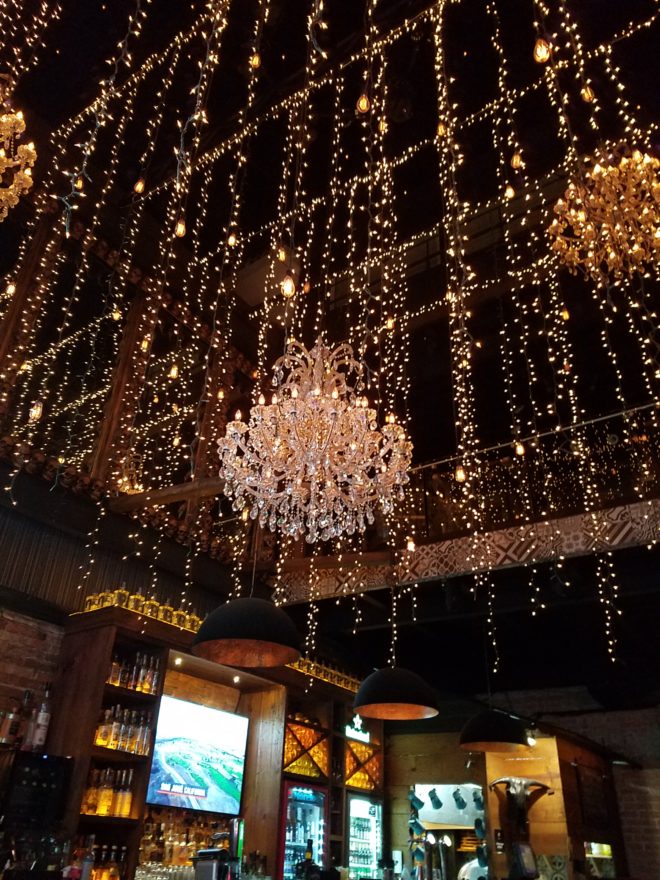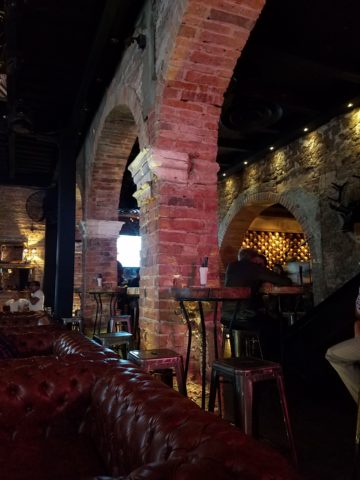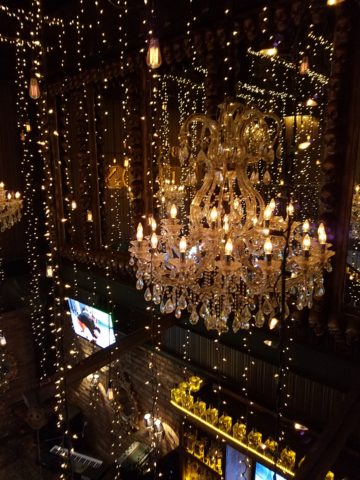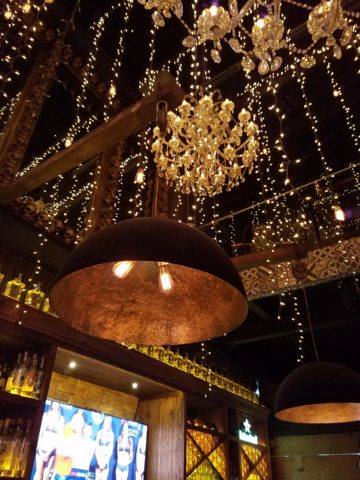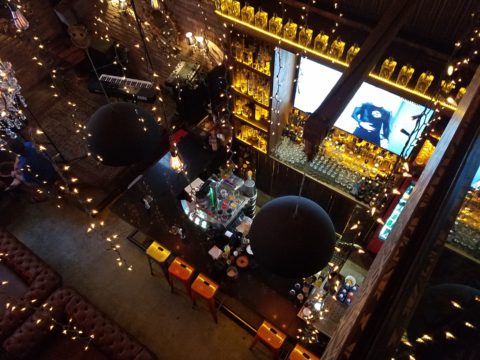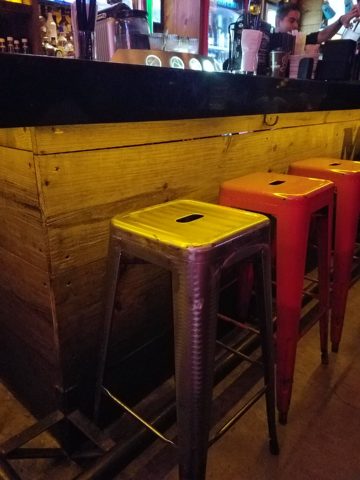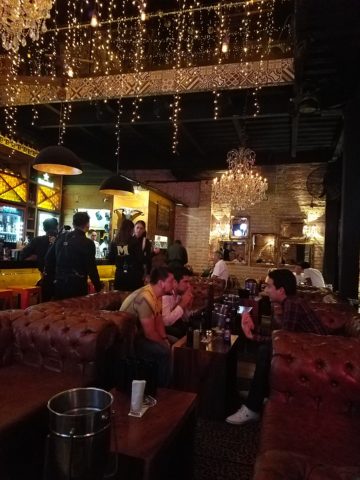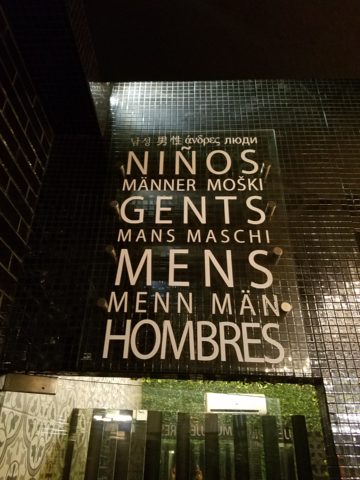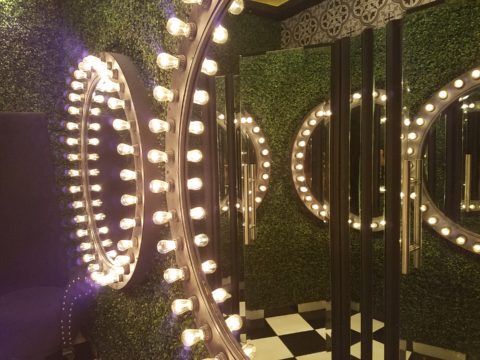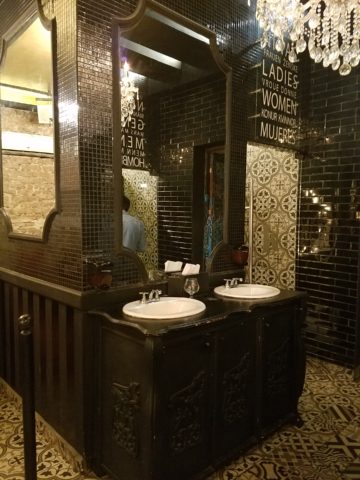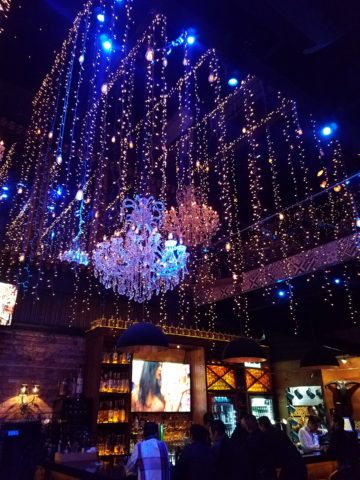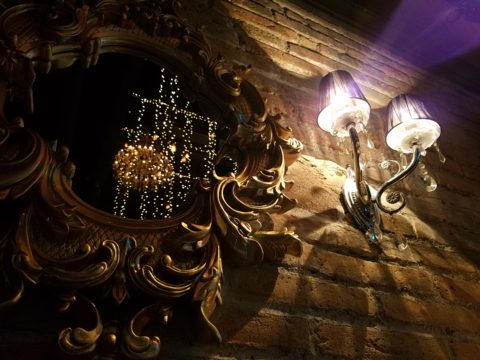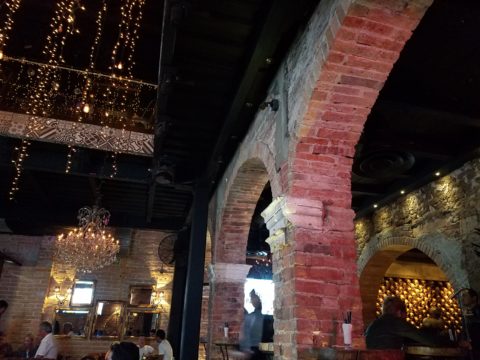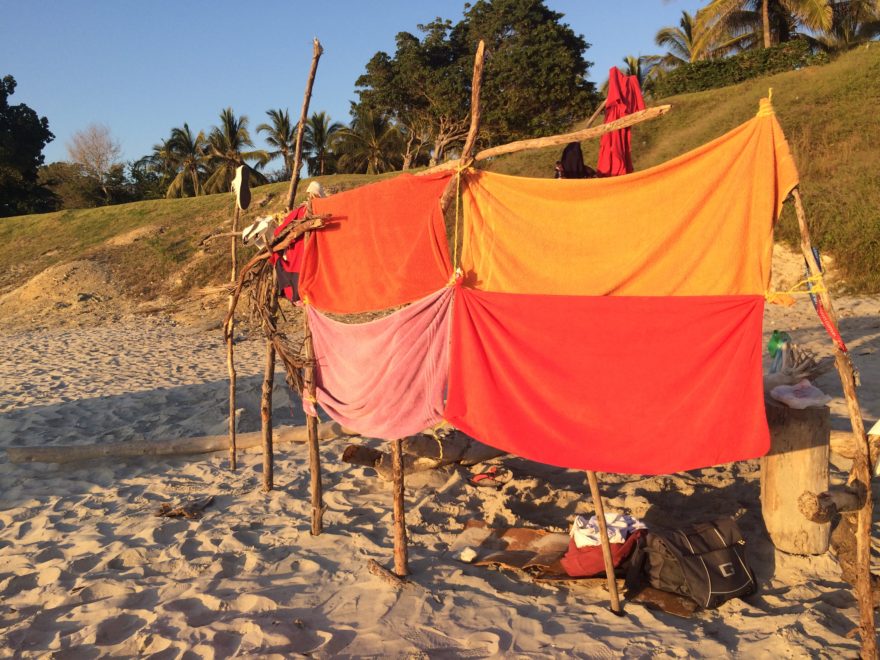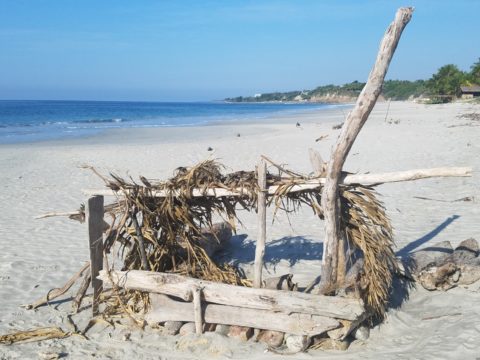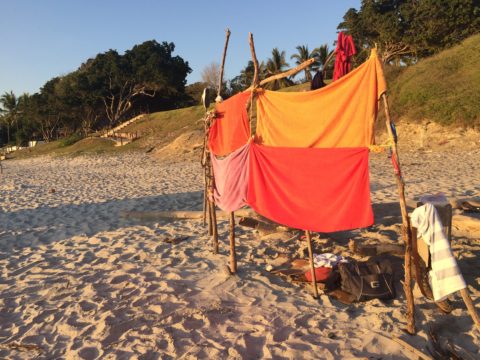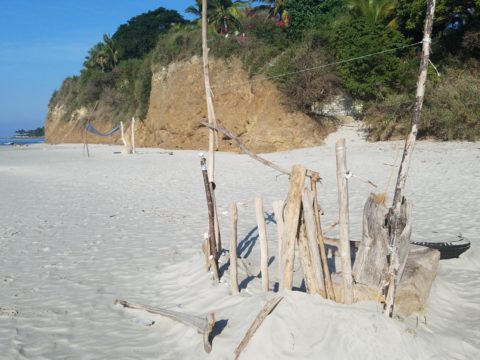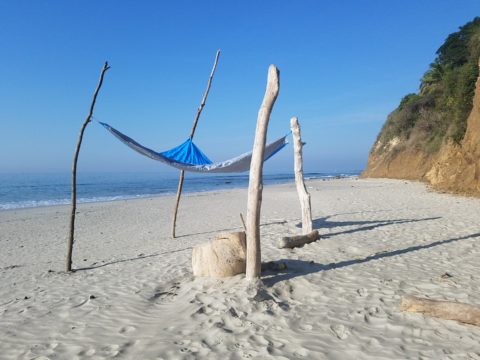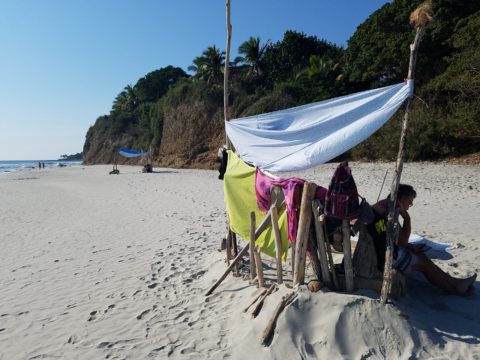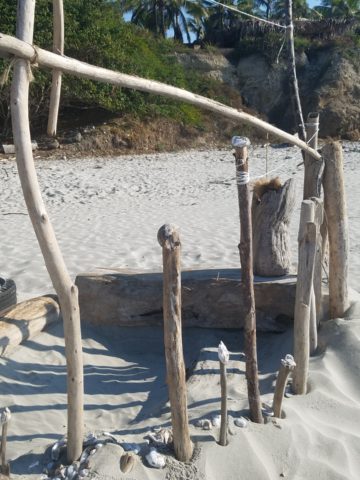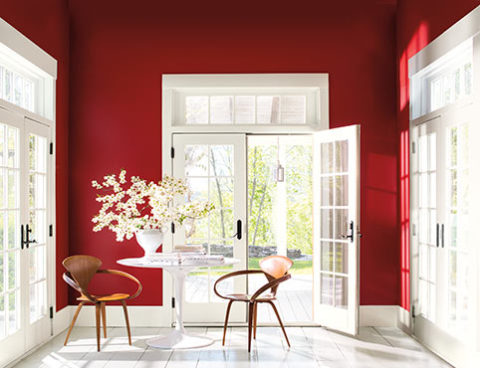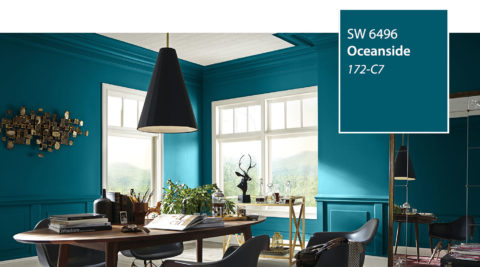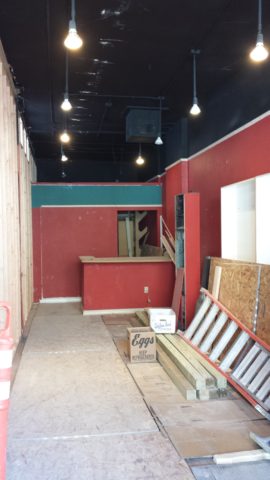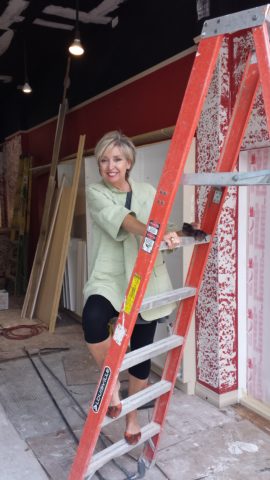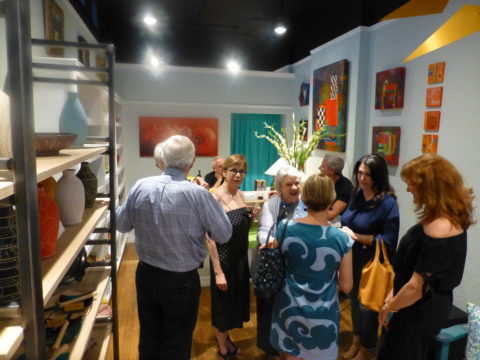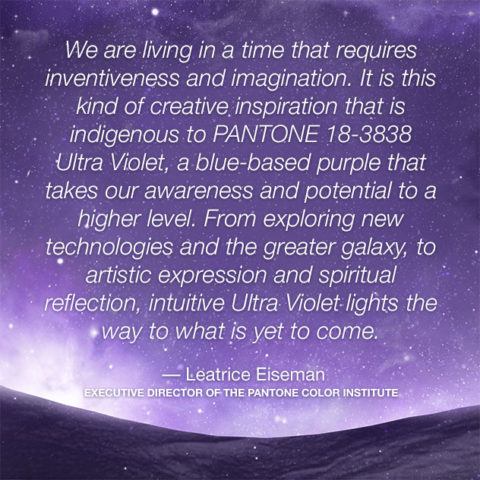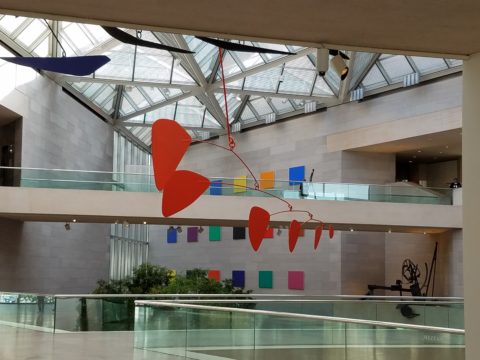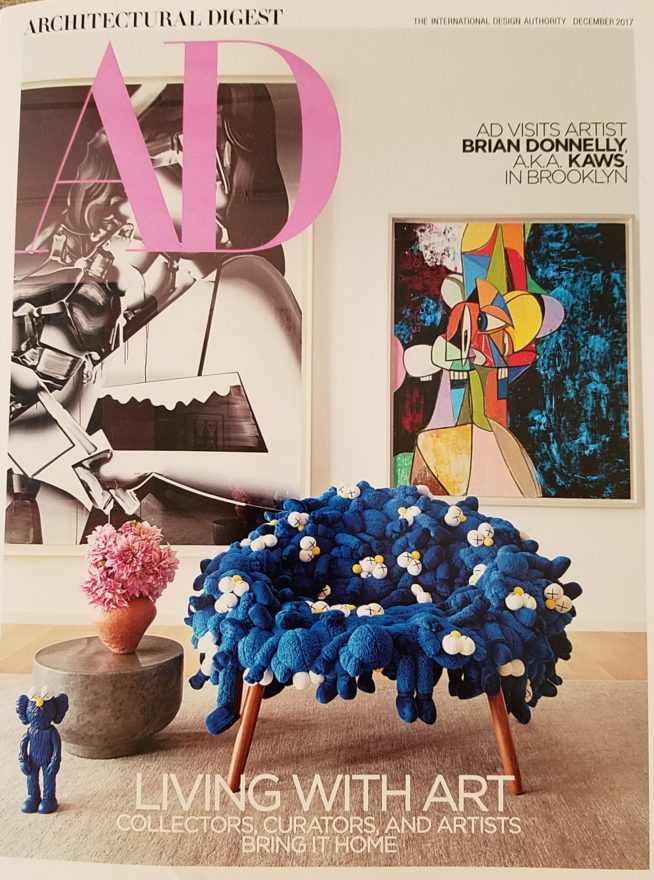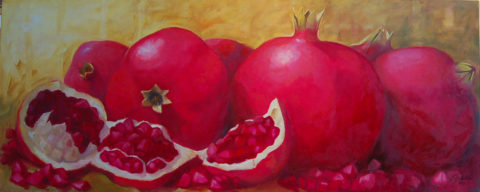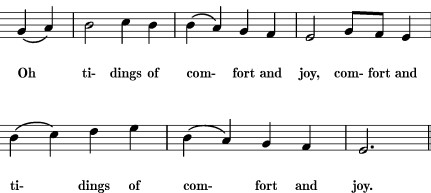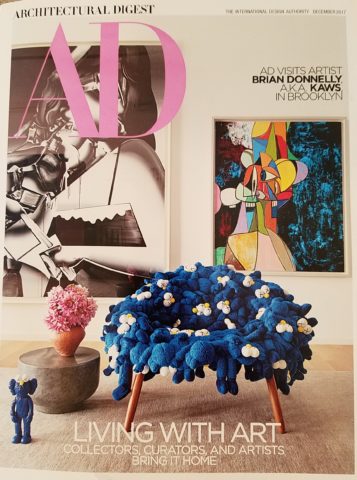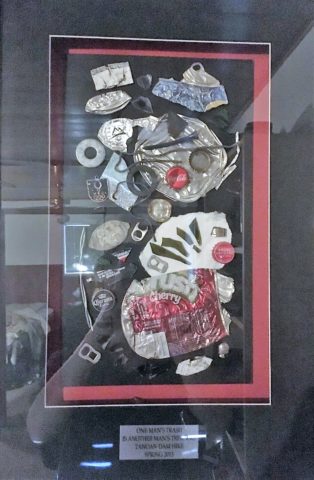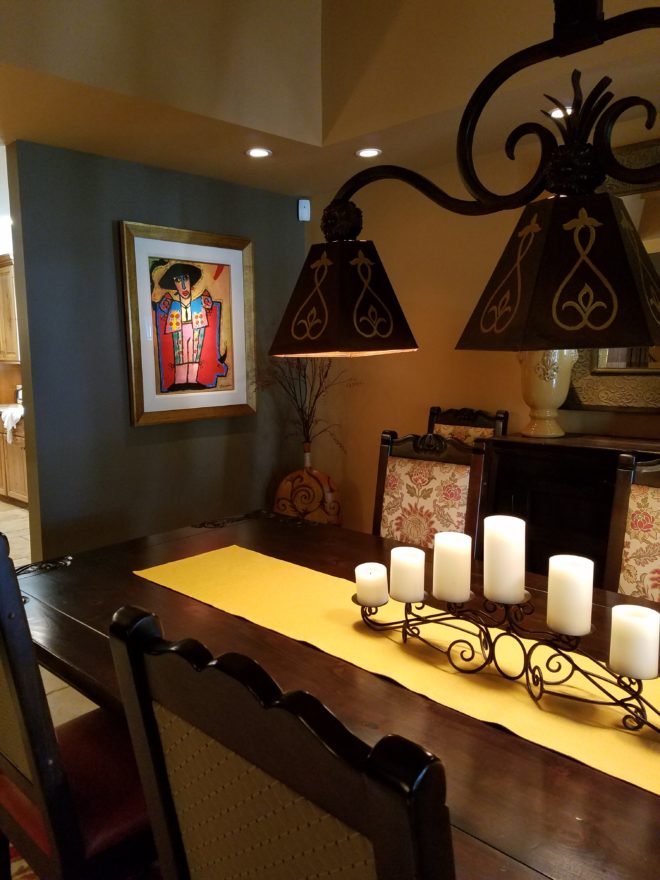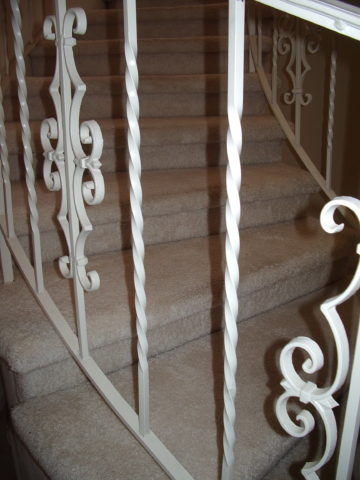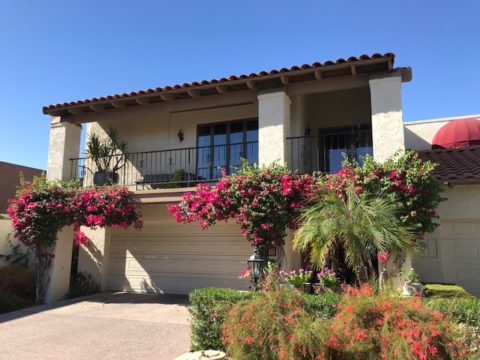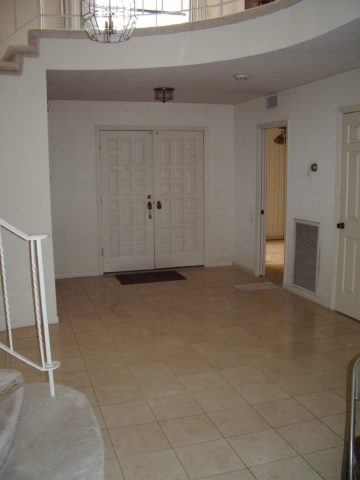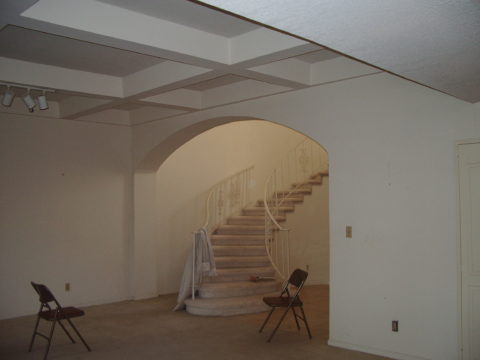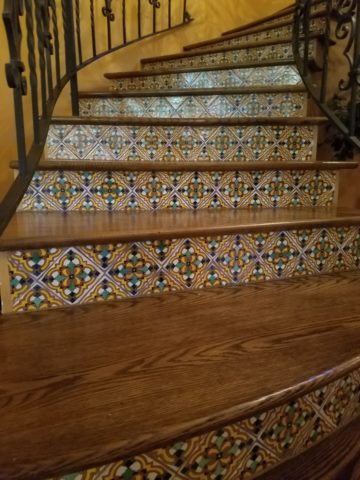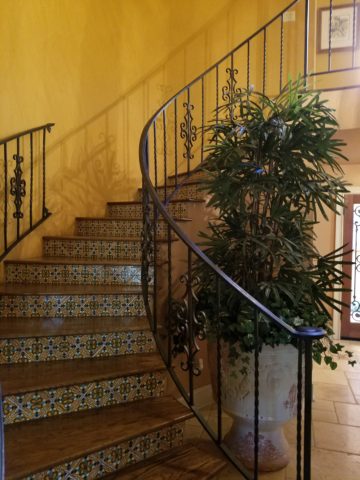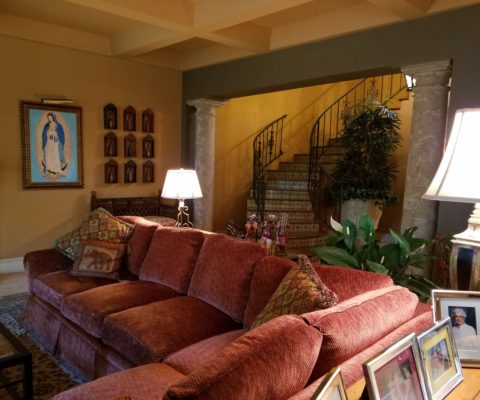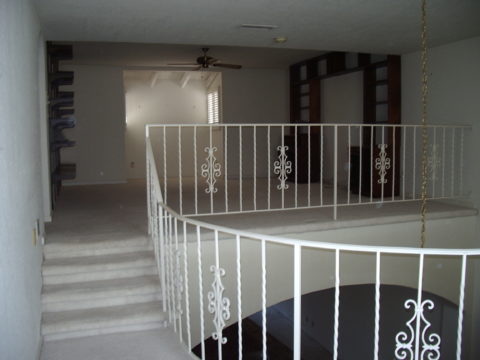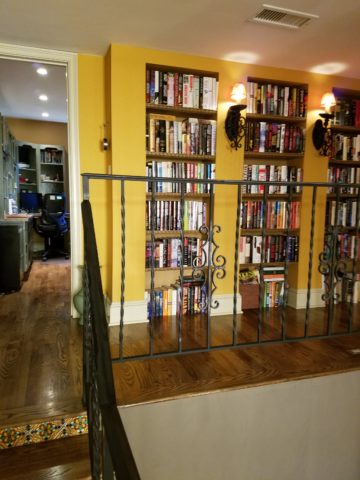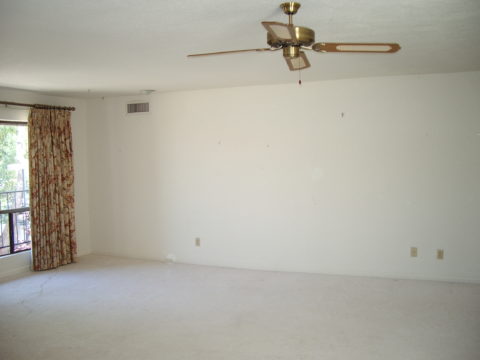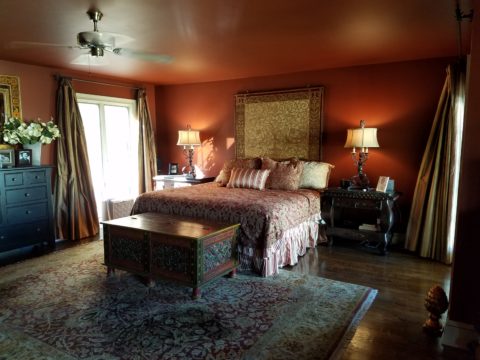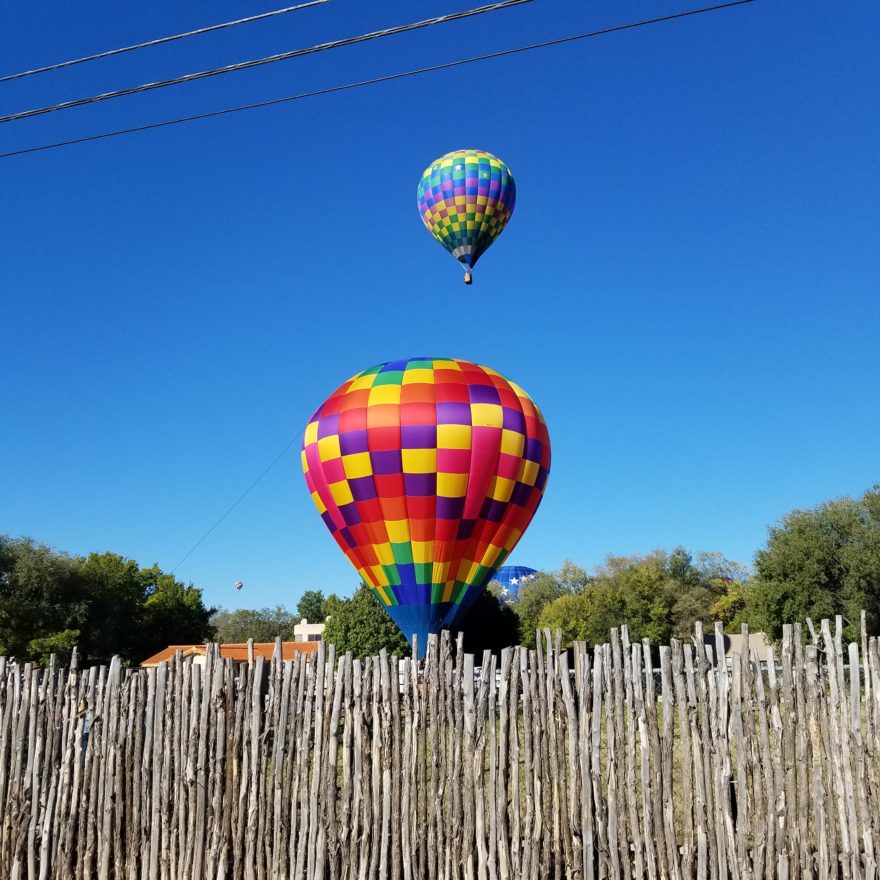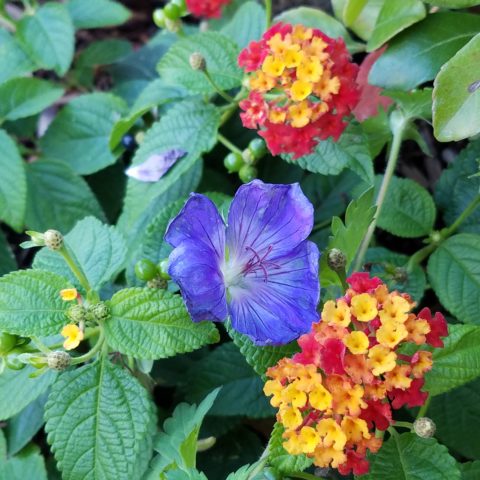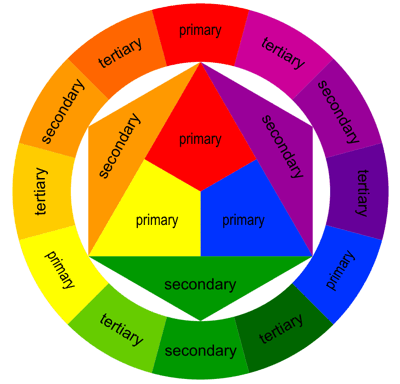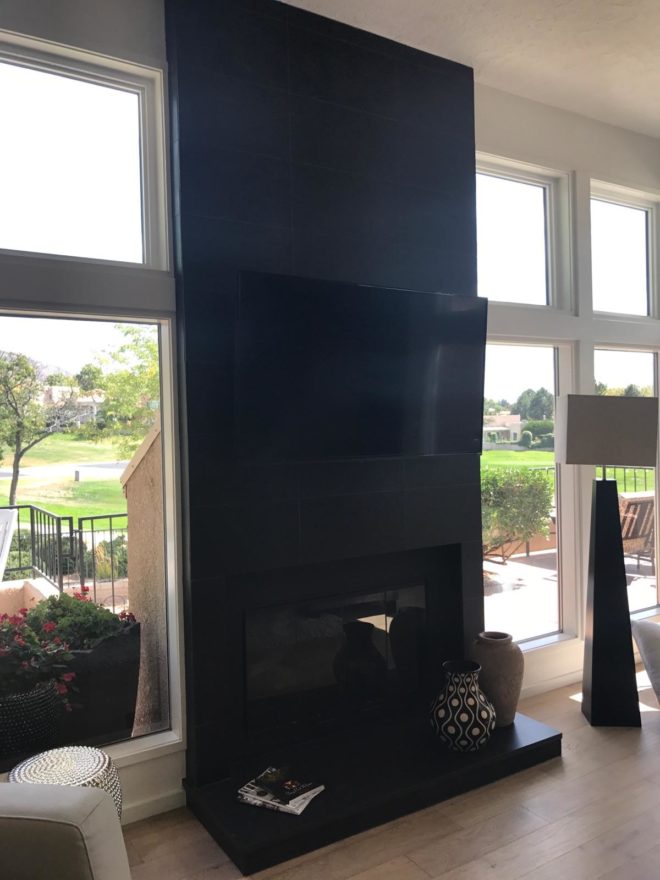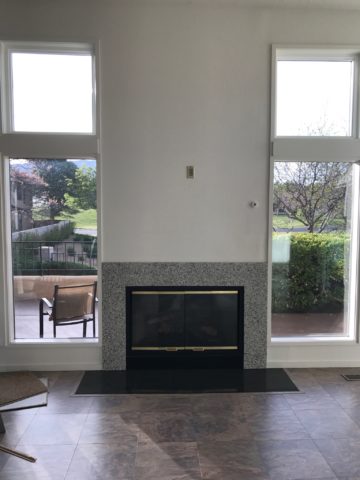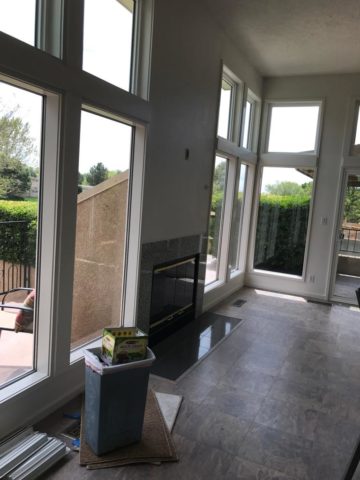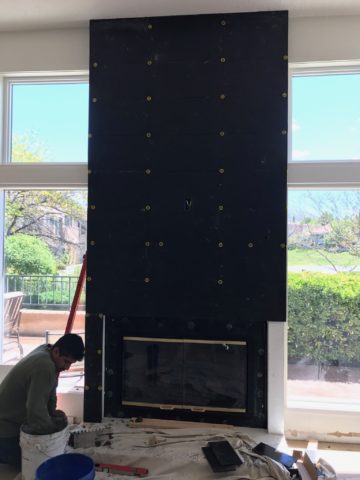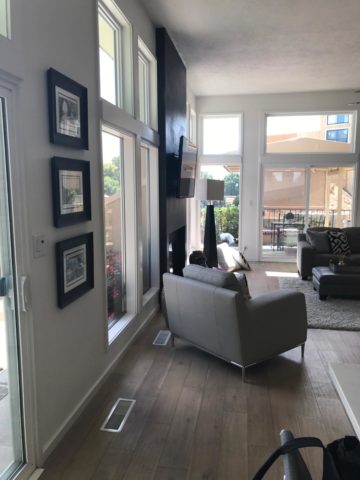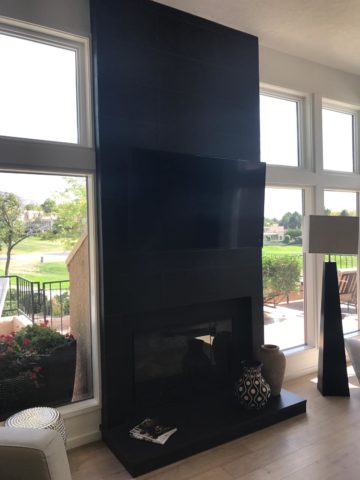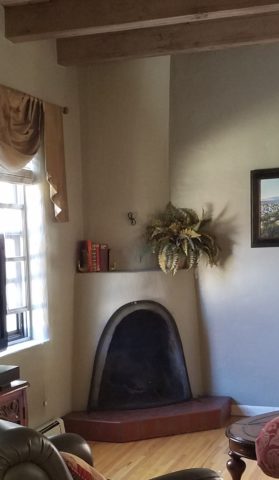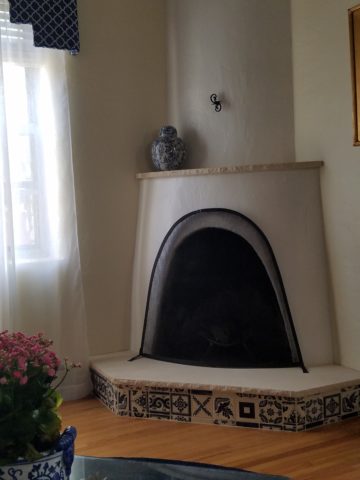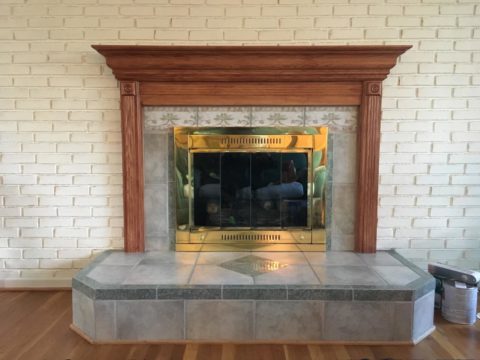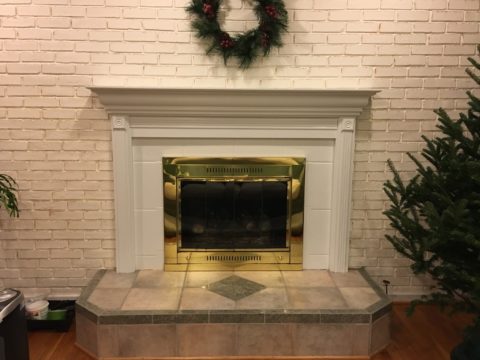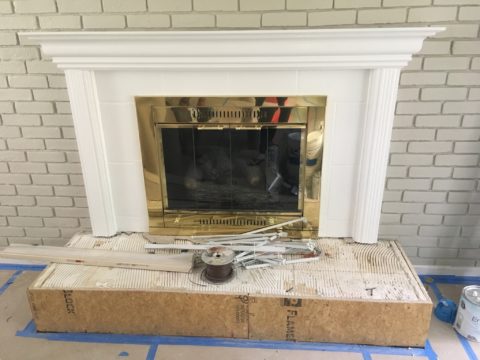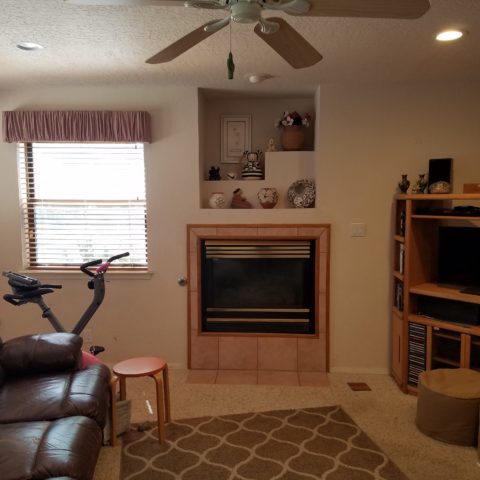Like gardens? Like ornate, ornamental, architectural fantasy structures? Do magical forms and colorful design elements arouse your creative juices?
Memorial Day and the holiday weekend offers festivities with family and friends, time to honor in memory those who have performed with honor to preserve and protect our freedom, reflective moments away from the rigors of the work-week, and in our case this weekend an extraordinary encounter with one of the country’s most magnificent “pleasure grounds!” Yes, an introduction to Tower Grove Park (thank you Ali-bali) and the awesome written description of its inception and extraordinary design in the 1860s was our sensational, design stimulating, multi-sensory, experience.
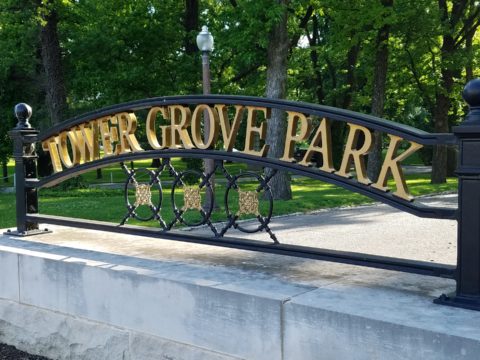
Perhaps these photos will provide ideas for your fence or railing detail or even a backyard gazebo!
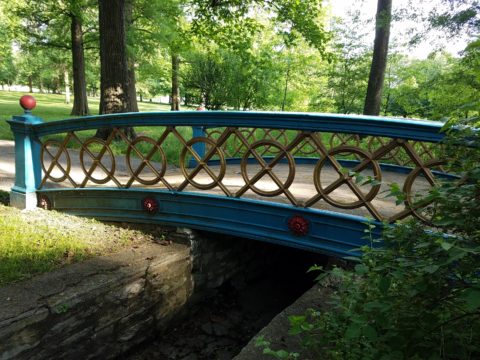
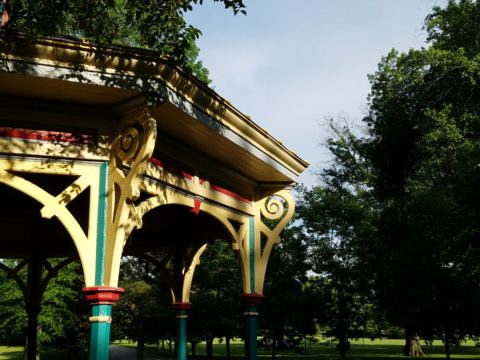
If you would like to enjoy the language of the beautifully written original intent of this property in a manner and style that is not often experienced, please follow this link and be enchanted with great vision, joyful optimism and intimate appreciation.
https://www.towergrovepark.org/mcadams1
Art and nature intertwine in these magnificent verdant grounds of Tower Grove Park with its wonderful gardens, charming Victorian pavilions and significant statuesque monuments. Conceived and donated by the visionary, Henry Shaw, in 1866. The writings of David MacAdam (found in the above referenced link) reference taking “ramblings” in the park – originally designed for driving in and through but with emphasized encouragement to go afoot to observe closely, in one’s casual time, these wondrous fields and arbors, around ponds and through gardens.
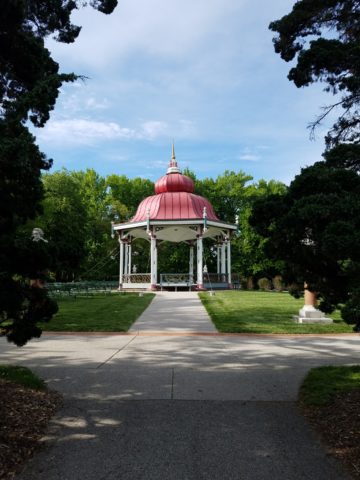
He writes “A visitor who takes a summer ramble in the park starting from the east entrance and noting the objects of interest we have mentioned, must certainly admit it is a most interesting and agreeable place. Every few steps will open a different view, ornamental structure or some work of art.”
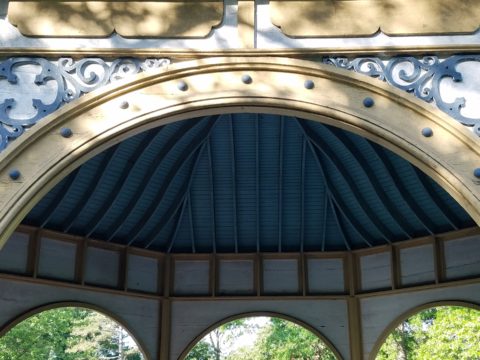
Peeking from pockets of this enchanted scene are fanciful pavilions each with a singular identity.
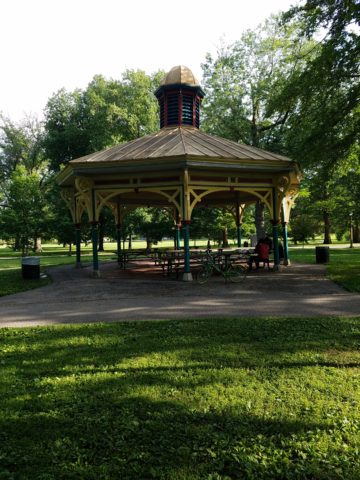
We hear that winter scenes in the park present a wonderland of snow frosted evergreen trees, quiet pavilions, sculptural dark trunks, statuesque bronze figures and serene blankets of white dotted with the dormant shrubbery that comes alive once again each spring.
MacAdam further notes, “The artist of the graceful and cultivated style pursues, then, a middle course between the picturesque and the formality of the purely artificial, aiming always to preserve the harmony of natural forms and scenes.”
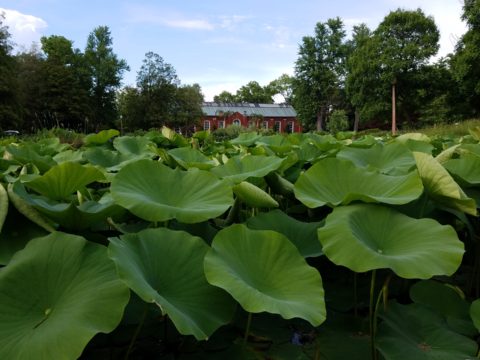
While the landscaping is magnificent, the architectural detail is captivating – conjuring up fairy tale scenes of dancing and romance. MacAdam writes further, in thoughtful detail, about the concept of encouraging the public to experience this grand property with all of its engaging ornament and ultimate beneficial consequence. “To do this thoroughly they can hardly avoid walking a part of the distance, and the attractions of the place should induce them to do this contentedly, recollecting that one of the objects for which it exists is to invite persons of sedentary habits to healthful exercise. ”
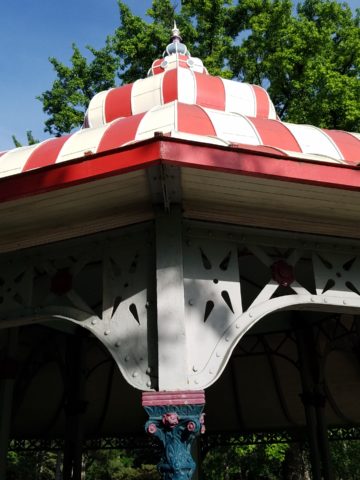
I was so excited about the fretwork and fancy details – the sunlight dappled across the frames of these sturdy yet delicate structures.
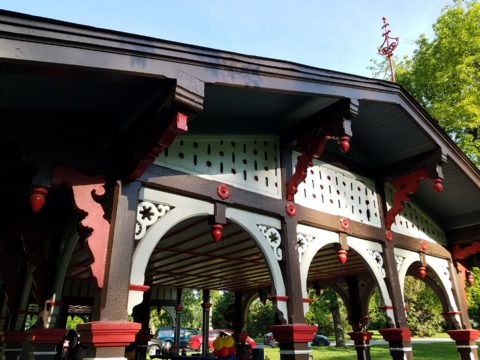
Inspiration around every corner with design elements that are timelessly graceful. Grill-work and column lines present powerful progressions.
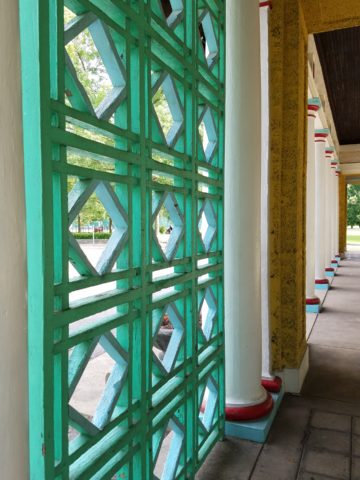
It was as though these structures were attempting to emulate giant confections of fondant and frosting, carving and detail just shy of excess.
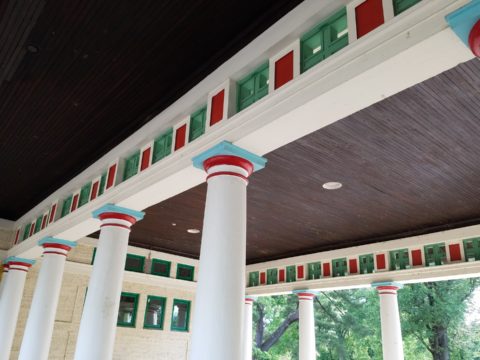
Realizing these structures are over a century and a half old, preserved by the enjoyment and appreciation of their patrons – which are all the people of St. Louis.
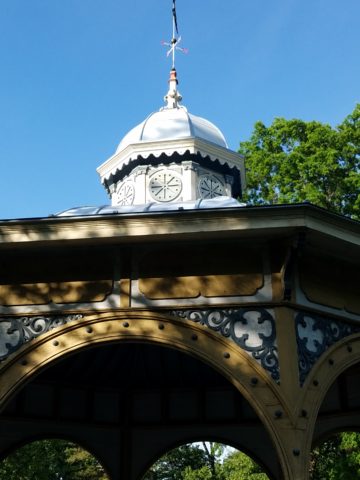
“The worrying command, “keep off the grass,” writes MacAdam “when the feet are aching to tread the carpet of youth’s memories, does not harass the visitor by springing out on his eye as he turns each curve. Music too is thrown in free in summertime, and thus all elements of pleasure and beauty are woven together in lightness and brightness for the general good. It is on the fact of this freedom in the use of a public park, the hopefulness it indicates in human nature, an the equal consideration it shows for all classes, is based in faith of those who believe in its refining and elevating influence. Such a place does not sermonize dogmatically, nor does nature. She exhibits a truth instead of voicing a doctrine. It unfolds fair spectacles, without restraint or an air of patronage, for all who care to see, and it thus tends to refute the selfish theories of either extremes of society, to reconcile divergent elements, to encourage the gentler ideas and tastes, and to promote innocent recreations and purer manners. The poor are forced to see that wealth beyond their control, and without their asking, has created a resort free for the enjoyment of all, and the rich, by the equality in its use, are reminded of the artificial origin of class and the everlasting kinship of man.”
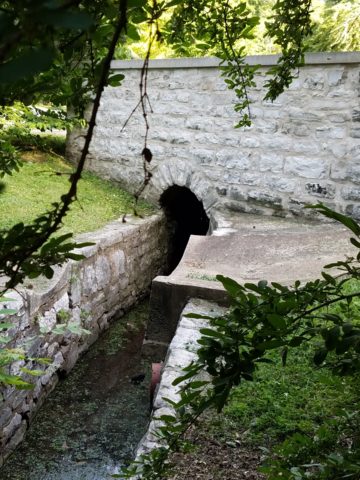
It was a glorious afternoon of optimism, inspiration and enjoyment. Happy Memorial Day weekend to all and may you find art and inspiration around every corner!


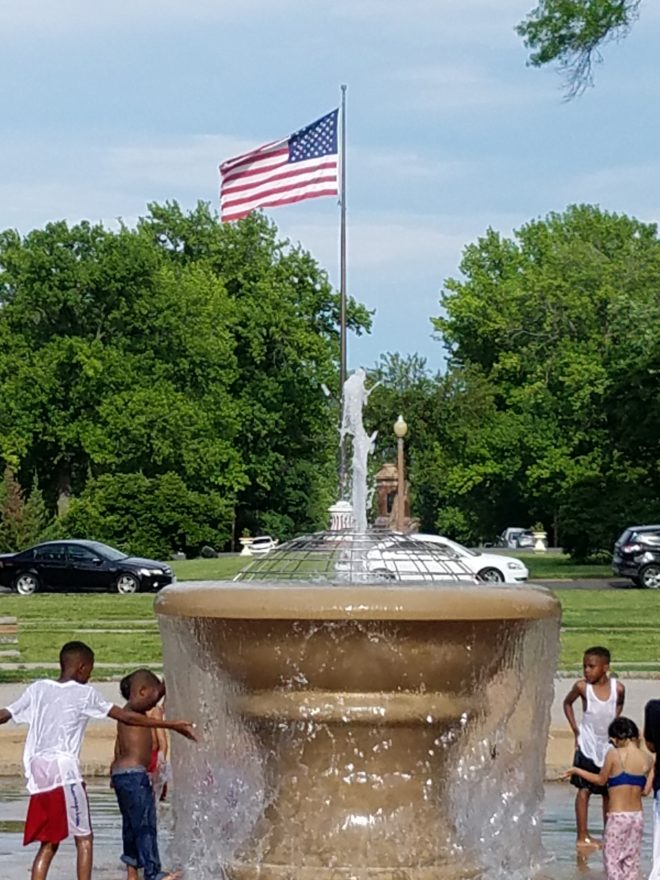
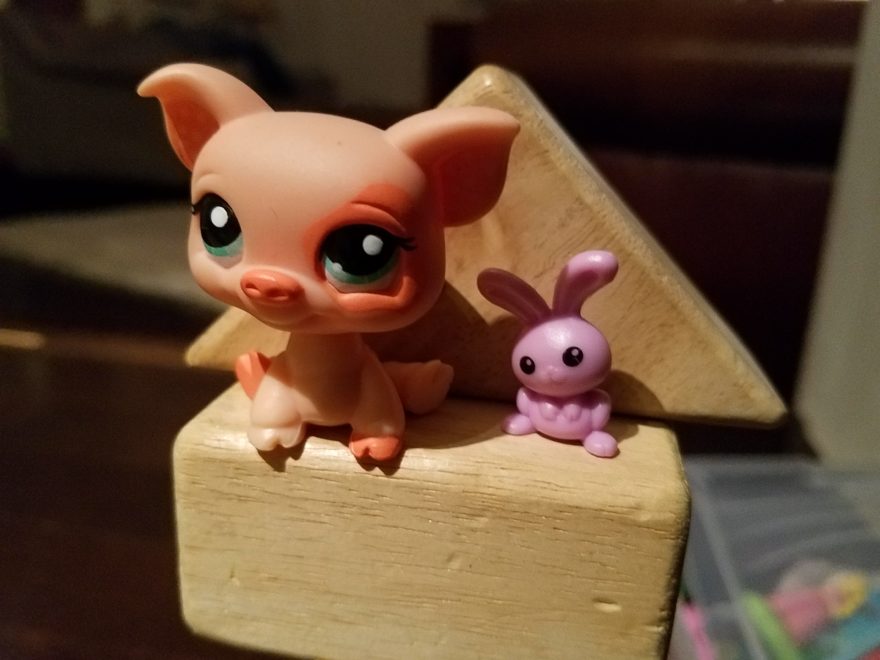
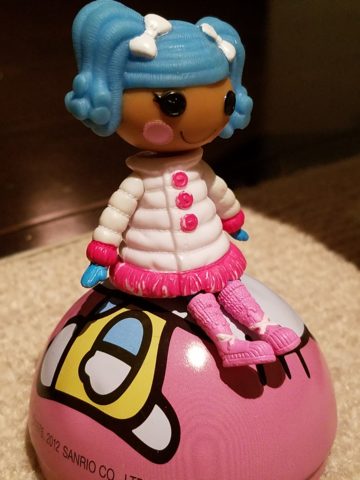
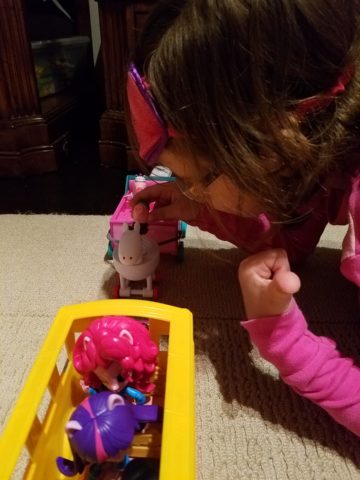
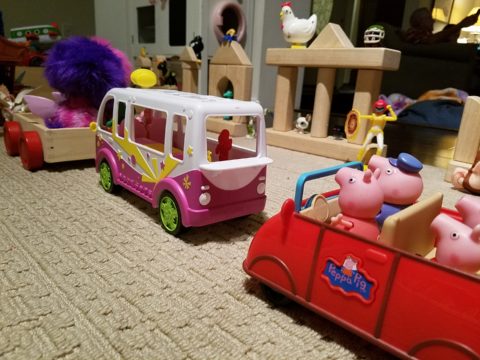
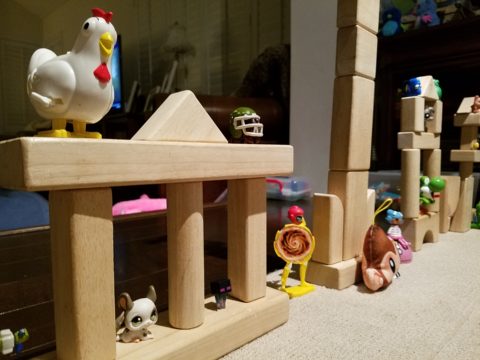
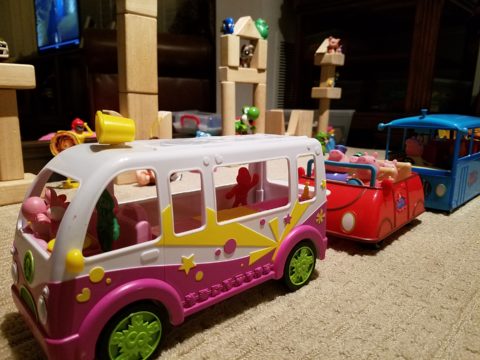
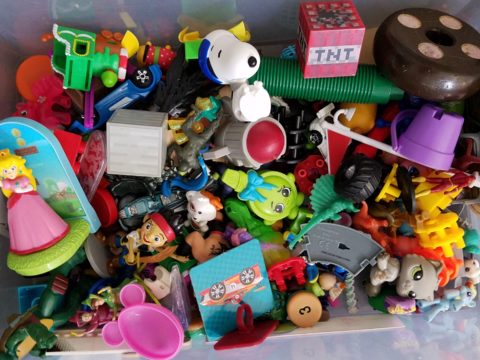
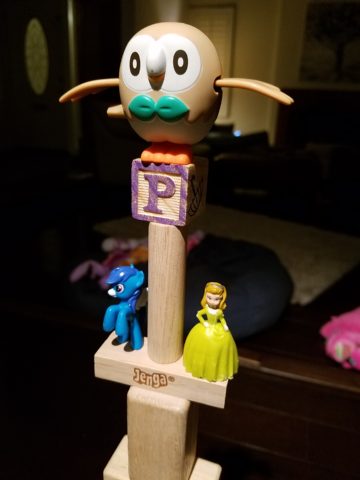
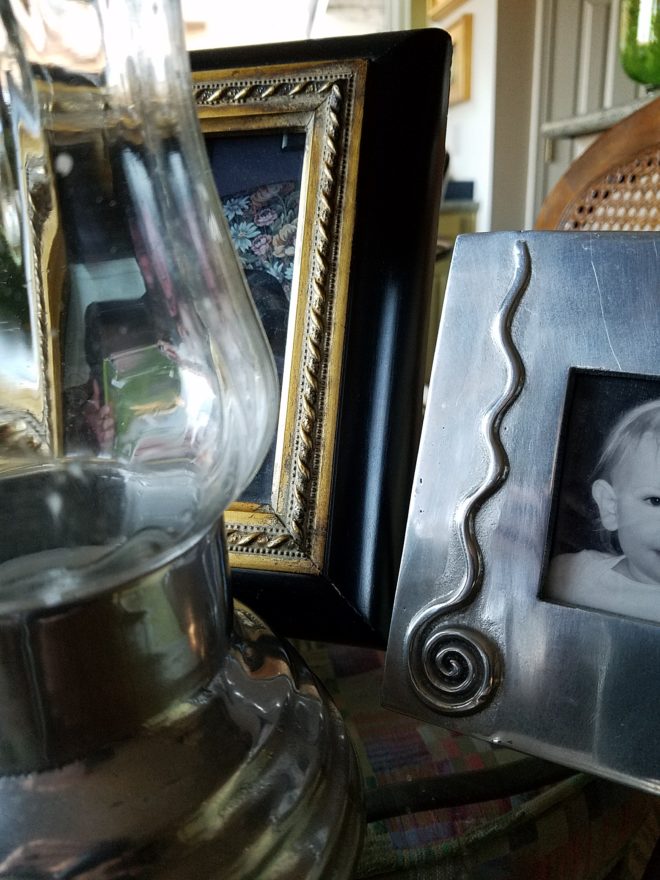
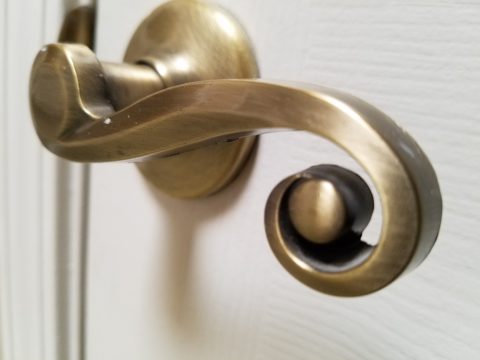
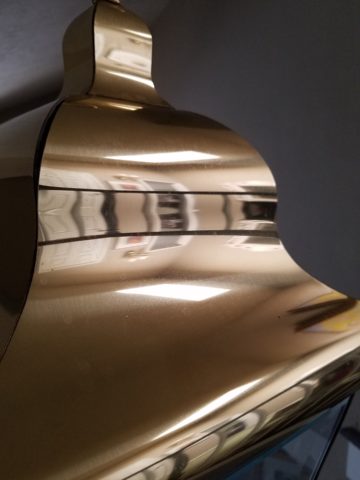 Following trends can be costly, unnecessary and unimaginative. Gold/brass finishes have been making a come-back in recent years. Sometimes it takes time for it to trickle into your purview. But the point is – good design is good design. So it’s not so much about if it is perceived to be good enough or right or wrong…it is if you can design around it and make it great.
Following trends can be costly, unnecessary and unimaginative. Gold/brass finishes have been making a come-back in recent years. Sometimes it takes time for it to trickle into your purview. But the point is – good design is good design. So it’s not so much about if it is perceived to be good enough or right or wrong…it is if you can design around it and make it great. 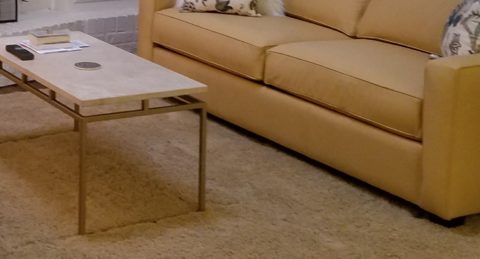
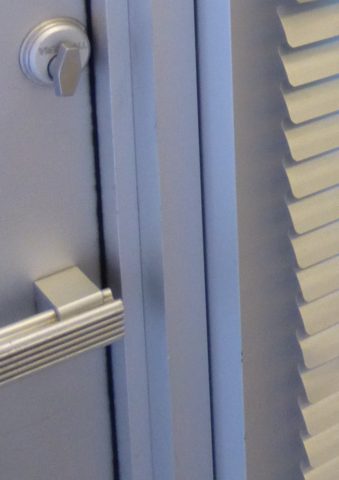 Probably not, but it is not so much about the mixing – it is that to make something like that REALLY work, the overall design would have to be so intentionally mixed that it in itself (the intentional mixing) is an art-form.
Probably not, but it is not so much about the mixing – it is that to make something like that REALLY work, the overall design would have to be so intentionally mixed that it in itself (the intentional mixing) is an art-form. 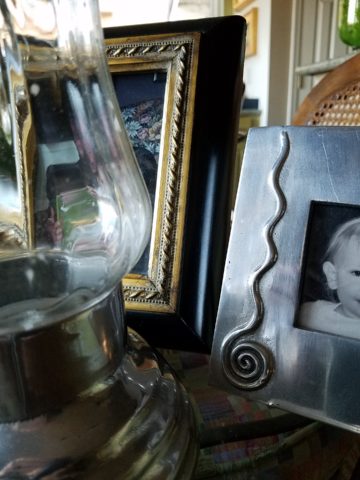
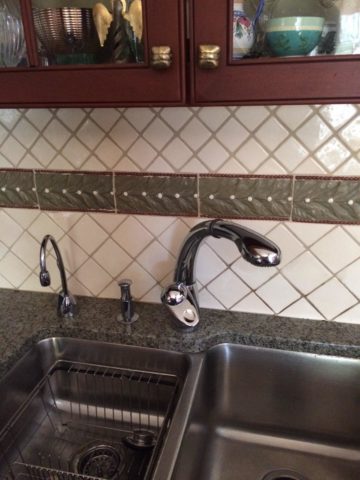 The answer is YES. In some contextual situations, the language of the materials speaks in vernaculars that separate certain groups from others as though allowed to be intentionally different – as they ARE different.
The answer is YES. In some contextual situations, the language of the materials speaks in vernaculars that separate certain groups from others as though allowed to be intentionally different – as they ARE different. 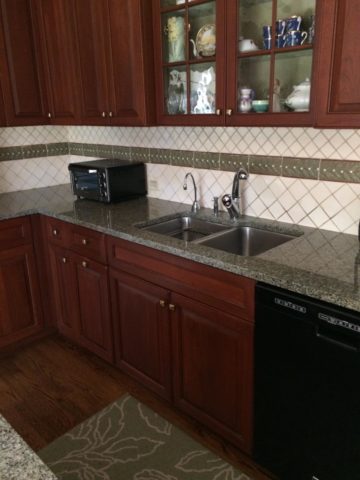 The great thing about knowing when to make statements in contrast – not conflict, is just that – knowing.
The great thing about knowing when to make statements in contrast – not conflict, is just that – knowing.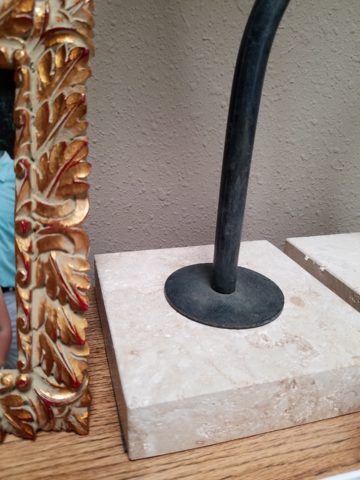
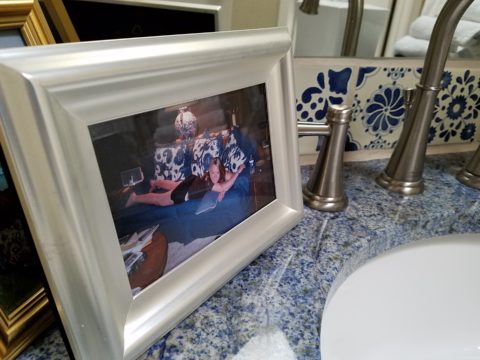 But now we are seeing matte black – and oh is that hot! Complimenting the concrete finishes and raw steel – contrasting with the brushed stainless – punctuating the trend of the clean commercial kitchen style of design. It is a bold yet soft new option for the edgy everyday kitchen. http://www.foodandwine.com/cooking-techniques/look-these-beautiful-matte-black-major-appliances-refrigerator-ranges-ovens-and
But now we are seeing matte black – and oh is that hot! Complimenting the concrete finishes and raw steel – contrasting with the brushed stainless – punctuating the trend of the clean commercial kitchen style of design. It is a bold yet soft new option for the edgy everyday kitchen. http://www.foodandwine.com/cooking-techniques/look-these-beautiful-matte-black-major-appliances-refrigerator-ranges-ovens-and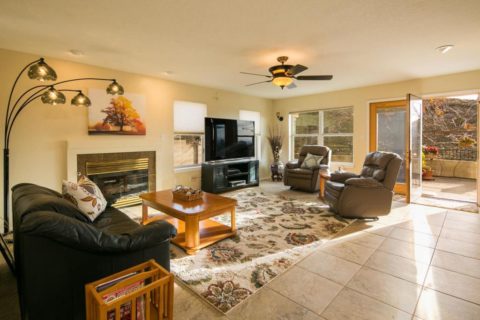
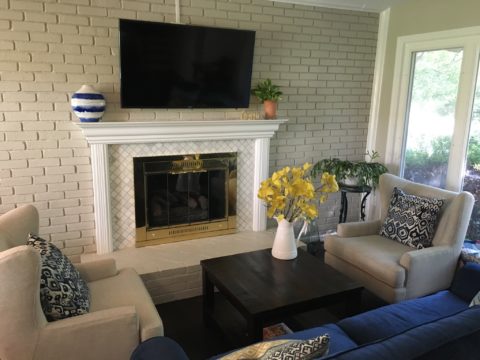
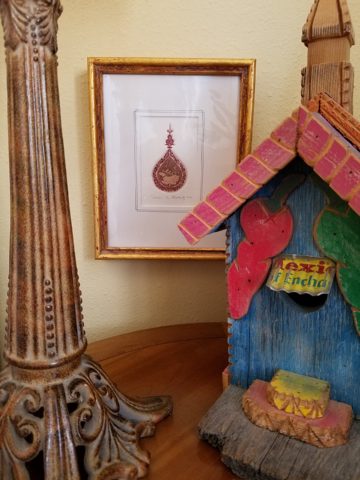
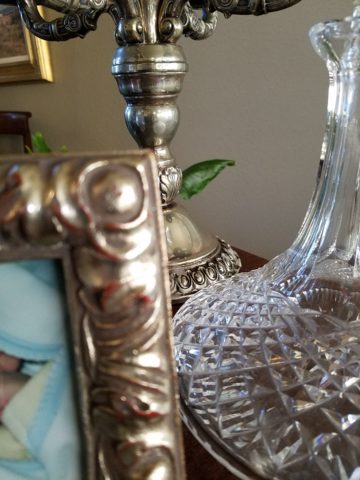
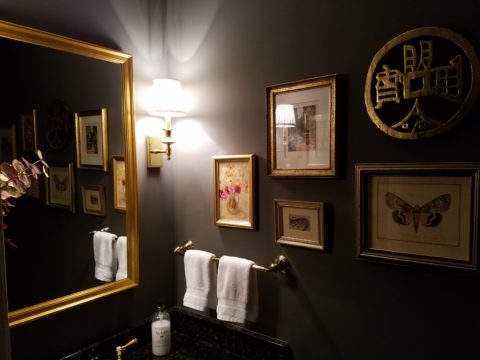 Have I ever mentioned context? Eclectic mixes can be quite fun and interesting.
Have I ever mentioned context? Eclectic mixes can be quite fun and interesting.  Groupings of identical moldings can be effective.
Groupings of identical moldings can be effective. 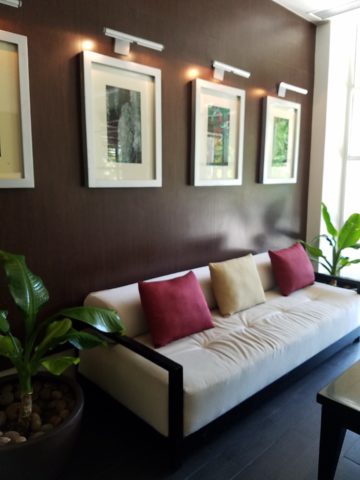 Random pieces scattered throughout can each be singularly nice. So don’t rush out and re-frame all your art. See how you intend to use it, group it, where and with what else. Be sensible and creative – be brave and do what you like! That makes sense!!!!!
Random pieces scattered throughout can each be singularly nice. So don’t rush out and re-frame all your art. See how you intend to use it, group it, where and with what else. Be sensible and creative – be brave and do what you like! That makes sense!!!!!